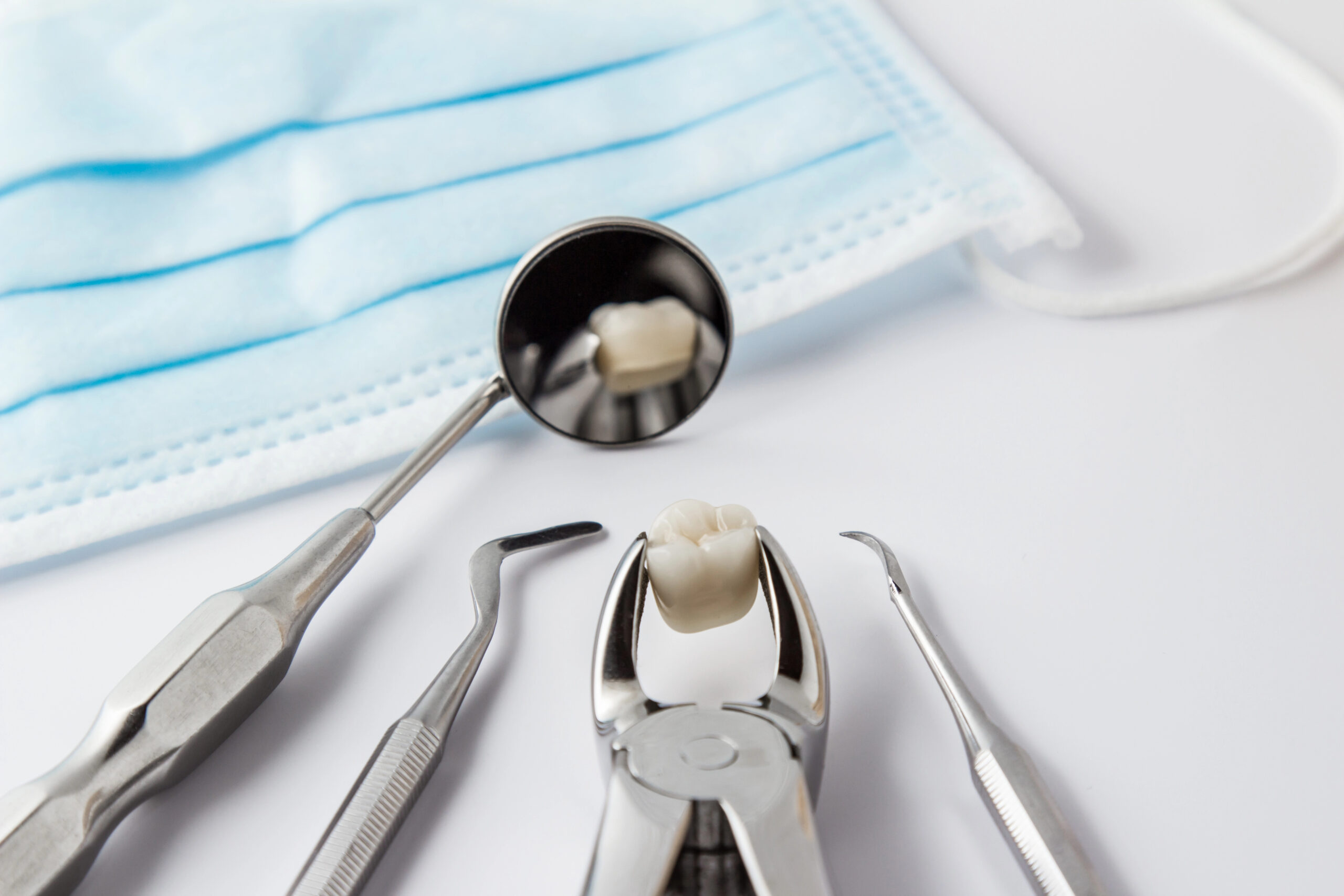Are you trying to decide between sedation dentistry vs general anesthesia for your dental procedure? Understanding the differences can help you make an informed choice, as sedation dentistry typically involves a relaxed state while remaining conscious, whereas general anesthesia renders you completely unconscious.
Sedation dentistry vs general anesthesia
Understanding Sedation Dentistry Basics
Sedation dentistry vs general anesthesia is a topic of interest for many individuals seeking dental care. Sedation dentistry involves the use of medication to help patients relax during dental procedures. Unlike general anesthesia, which renders a patient completely unconscious, sedation dentistry allows patients to remain awake but in a state of calmness. This approach can be particularly beneficial for those who experience anxiety or fear when visiting the dentist. For more information on how sedation can help ease dental anxiety, you can explore Sedation Dentistry for Dental Anxiety: Stay Calm and Comfortable in the Chair.
When considering sedation dentistry vs general anesthesia, it’s important to understand the different levels of sedation available. These range from minimal sedation, where the patient is relaxed but fully awake, to moderate sedation, where the patient may slur their words and not remember much of the procedure. Deep sedation is also an option, where the patient is on the edge of consciousness but can still be awakened. Each level of sedation offers varying degrees of relaxation and awareness, providing options for those who may not require or desire full unconsciousness during their dental treatment.
General Anesthesia Overview
General anesthesia is a medically induced state of unconsciousness that allows patients to undergo dental procedures without experiencing pain or awareness. Unlike sedation dentistry, which relaxes the patient while keeping them conscious, general anesthesia renders the patient completely unconscious, ensuring they feel no discomfort during the procedure. This approach is typically used for more complex dental surgeries or for patients who may have severe anxiety or special needs that make other forms of sedation insufficient.
In the debate of sedation dentistry vs general anesthesia, it’s important to understand that general anesthesia requires careful monitoring by an anesthesiologist or trained professional to ensure patient safety. The choice between these two methods depends on various factors, including the complexity of the procedure and the patient’s medical history. For those considering their options, you can Find Sedation Dentistry Near Meridian to explore what might be the best fit for your dental needs.
Comparing Safety Aspects
When considering sedation dentistry vs general anesthesia, understanding the safety aspects of each option is crucial. Sedation dentistry typically involves minimal to moderate sedation levels, which generally carry fewer risks and allow patients to remain conscious and responsive. In contrast, general anesthesia induces a state of complete unconsciousness, which can involve more complex monitoring and potential risks. Both methods are widely used and considered safe when administered by qualified professionals, but the choice between sedation dentistry vs general anesthesia often depends on the patient’s health, the complexity of the procedure, and personal comfort levels.
Patient Comfort Levels
When considering sedation dentistry vs general anesthesia, patient comfort levels play a crucial role in determining the appropriate choice for dental procedures. Sedation dentistry often provides a more relaxed experience, allowing patients to remain conscious but calm, which can be ideal for those with dental anxiety. On the other hand, general anesthesia offers a deeper level of unconsciousness, which might be necessary for more invasive procedures or for patients who prefer not to be aware during treatment. Understanding these options can help patients make informed decisions about their dental care. For more information, visit Alliance Dental Care, your trusted Meridian Dentist.
Duration of Effects
When considering sedation dentistry vs general anesthesia, understanding the duration of effects is crucial. Sedation dentistry typically involves shorter recovery times, allowing patients to regain full alertness relatively quickly after the procedure. In contrast, general anesthesia often results in a longer period of grogginess and disorientation as the body takes more time to eliminate the anesthetic agents. This difference in recovery duration can influence a patient’s choice between sedation dentistry and general anesthesia, depending on their personal preferences and the nature of the dental procedure.
Recovery Time Differences
When considering sedation dentistry vs general anesthesia, understanding the recovery time differences is crucial. Sedation dentistry typically allows for a quicker recovery, with most patients feeling back to normal within a few hours after the procedure. In contrast, general anesthesia often requires a longer recovery period, as it involves a deeper level of unconsciousness. Patients may experience grogginess and require more time to fully regain their alertness and coordination. This distinction in recovery times can be a significant factor when deciding between sedation dentistry vs general anesthesia for dental procedures.
Cost Considerations
When evaluating sedation dentistry vs general anesthesia, cost considerations play a significant role in decision-making. Sedation dentistry often incurs lower costs compared to general anesthesia, as it typically involves less intensive monitoring and fewer resources. General anesthesia, on the other hand, may require a more comprehensive setup, including an anesthesiologist and specialized equipment, which can increase the overall expense. Understanding the financial implications of each option is crucial for individuals weighing their choices between sedation dentistry vs general anesthesia.
Suitable Candidates for Each
When considering sedation dentistry vs general anesthesia, it’s important to understand who might be suitable for each option. Sedation dentistry is often ideal for individuals who experience mild to moderate dental anxiety, have a low pain threshold, or require longer procedures. It allows patients to remain conscious and responsive while feeling relaxed. On the other hand, general anesthesia is typically reserved for those undergoing extensive dental work, individuals with severe dental phobia, or patients with special needs that make it difficult to remain still during treatment. Each method has its own set of considerations, making it crucial to evaluate personal needs and medical history when choosing between sedation dentistry vs general anesthesia.
Common Procedures for Both
When considering sedation dentistry vs general anesthesia, it’s important to understand that both methods are commonly used for a variety of dental procedures. These can include tooth extractions, root canals, and dental implants, where patient comfort and anxiety management are crucial. Both sedation dentistry and general anesthesia aim to provide a stress-free experience, ensuring that patients remain calm and pain-free during their dental treatments.
Conclusion
Deciding between sedation dentistry vs general anesthesia is a personal choice; for more information, call us at 208-608-2098 or read reviews on Google Maps.




